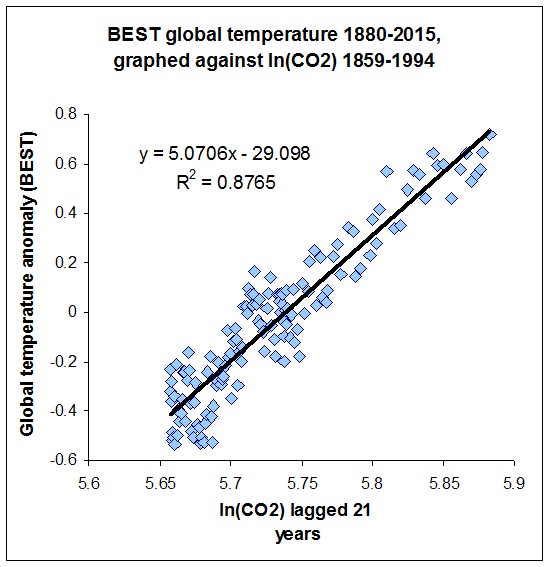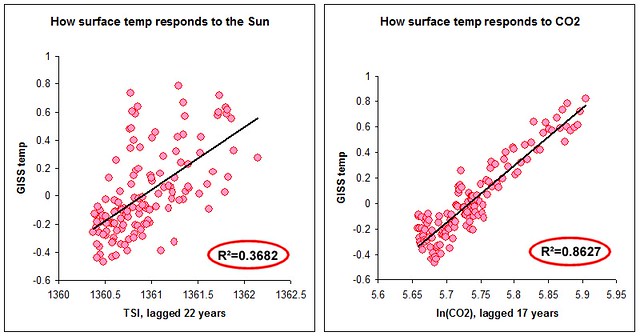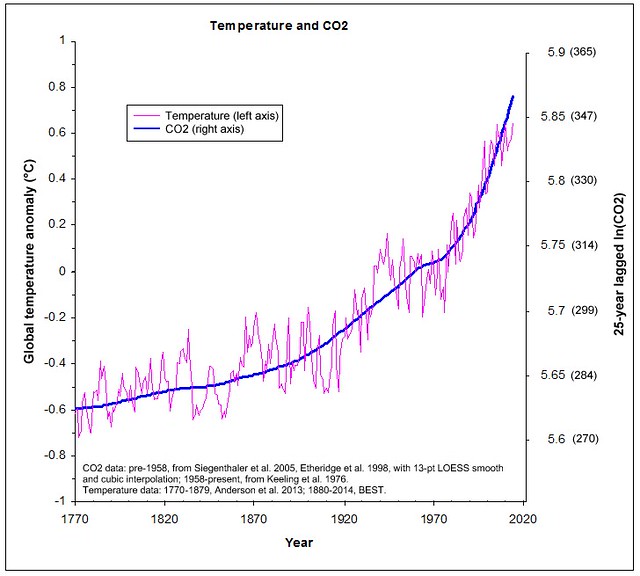Poor Debater
Well-known member
- Joined
- Jul 5, 2015
- Messages
- 961
- Reaction score
- 348
- Gender
- Undisclosed
- Political Leaning
- Undisclosed
The problem with that methodology is that the spike was 100 years, whereas
60% of the .85 C of observed GISS warming was in that 20 year window.
Any spike that small (.5°) and that short-lived (20 years) would be natural variation, not climate change. The one we're looking at now will last for centuries.



